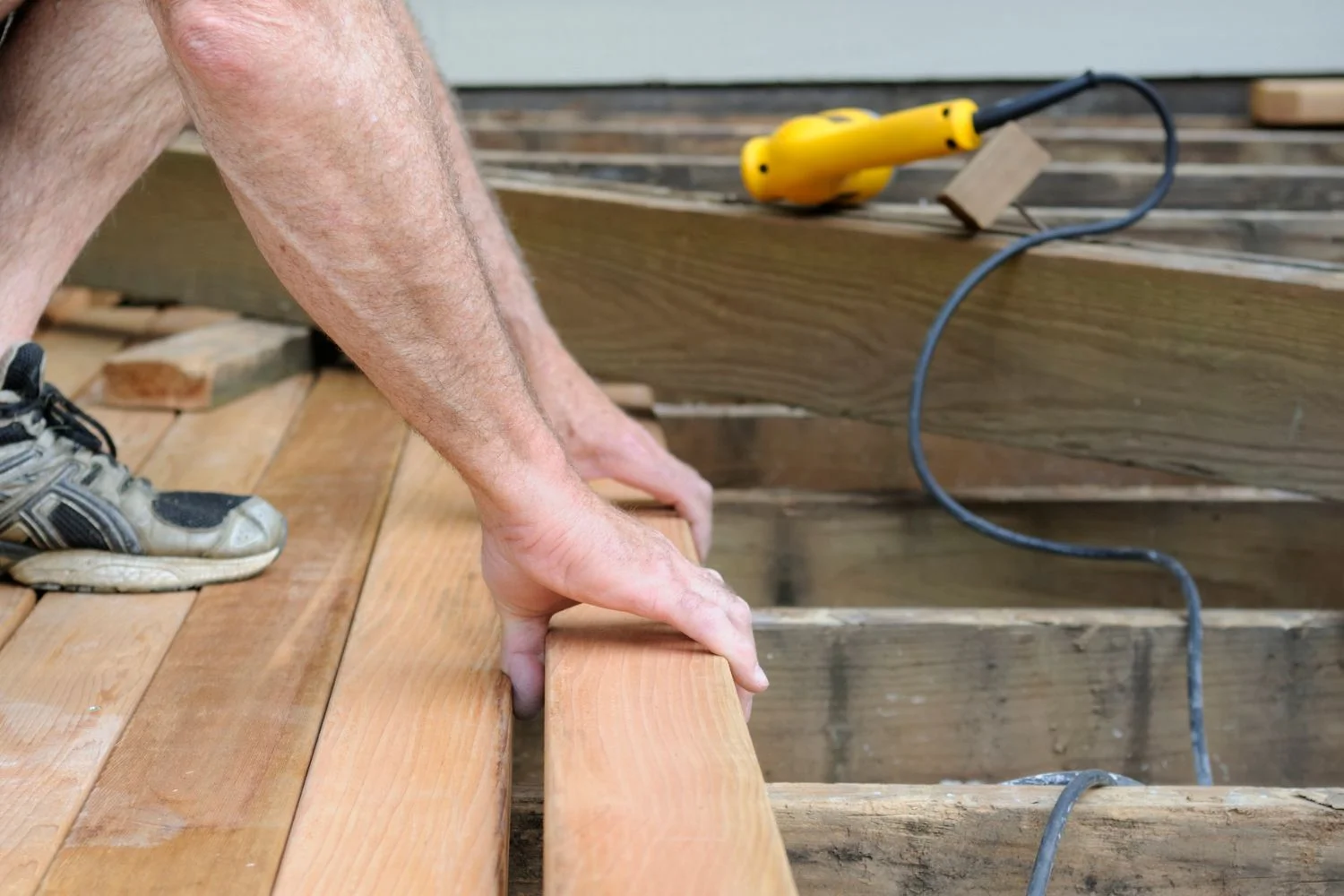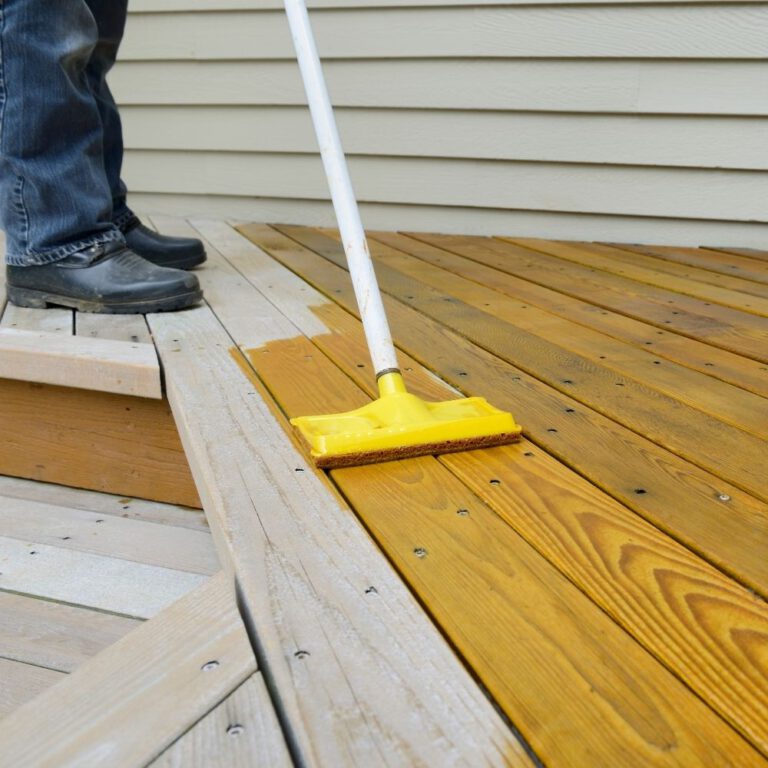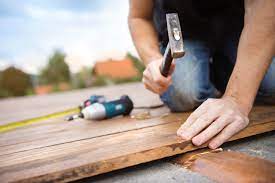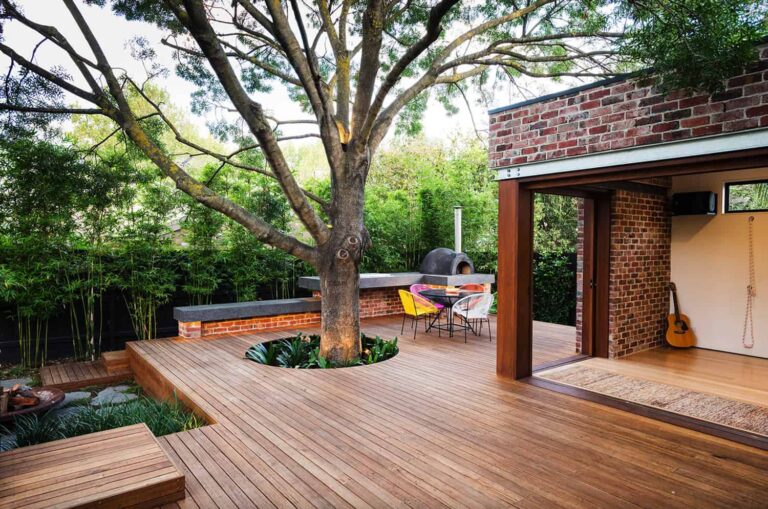How to Spot Signs of Deck Damage
Decks are wonderful outdoor spaces that provide a perfect spot for relaxation, entertainment, and enjoying the beauty of the outdoors. However, like any part of your home, decks are subject to wear and tear over time due to exposure to the elements. To ensure the safety and longevity of your deck, it’s essential to regularly inspect it for signs of damage. In this blog, we’ll discuss how to spot signs of deck damage so that you can address issues promptly and keep your outdoor space in top condition.
1. Structural Integrity:
The structural integrity of your deck is of paramount importance. A well-maintained deck should feel sturdy and safe underfoot. Signs of structural damage to look for include:
- Sagging: If your deck appears to sag or sink in certain areas, it’s a clear sign of structural problems. Pay attention to any noticeable dips or unevenness.
- Loose Connections: Check for loose or missing bolts, screws, and fasteners. These can weaken the deck’s support structure.
- Rotting Wood: Examine the wooden components of your deck, such as posts, beams, and joists, for signs of rot. Rotting wood can compromise the structural integrity of the entire deck.
2. Deck Boards:
Deck boards are subjected to constant exposure to the elements, making them susceptible to damage. Signs of deck board damage include:
- Cracks and Splinters: Look for cracks or splinters on the surface of the deck boards. These can make your deck uncomfortable to walk on and may pose safety hazards.
- Cupping or Warping: Cupped or warped deck boards can collect water, leading to further damage and decay.
- Soft Spots: Press your foot firmly on different areas of the deck to check for soft spots. Soft spots may indicate rotting wood beneath the surface.
3. Railings:
Deck railings serve both functional and aesthetic purposes. Signs of railing damage to watch out for include:
- Loose or Wobbly Railings: If your deck railings feel loose or wobbly when you lean on them, it’s a sign that they may need reinforcement or repair.
- Rust or Corrosion: For metal railings, rust or corrosion can weaken the structure over time. Inspect metal railings for any signs of rust, especially at joints and connections.
- Splinters or Cracks: Wooden railings can develop splinters or cracks, which not only affect their appearance but can also pose a safety risk.
4. Ledger Board Attachment:
The ledger board is the part of your deck that attaches to your house. Proper attachment is essential for the stability of the deck. Signs of ledger board issues include:
- Separation from the House: Check if the ledger board has pulled away from the house, leaving a visible gap. This can be a serious structural problem.
- Corrosion of Fasteners: Inspect the fasteners and bolts that attach the ledger board to the house for signs of corrosion or rust.
5. Pests and Rot:
Pests and rot can silently undermine the integrity of your deck. Signs of these issues include:
- Insect Damage: Look for signs of insect infestation, such as tiny holes, sawdust-like material (frass), or tunnels in the wood.
- Fungal Growth: Fungal growth, such as mold or mildew, can indicate moisture-related issues that may lead to rot.
6. Surface Damage:
Surface damage can affect the appearance and safety of your deck. Signs of surface damage include:
- Peeling or Flaking Paint or Stain: If your deck is painted or stained, peeling or flaking indicates that it’s time for a new finish.
- Mold or Mildew: Dark stains or patches of mold and mildew can detract from your deck’s appearance and may indicate underlying moisture issues.
- Splinters: Splinters on the deck surface can make it uncomfortable to walk on and are a sign of aging wood.
7. Posts and Footings:
The posts and footings that support your deck need to be in good condition. Signs of damage include:
- Cracked or Damaged Footings: Check for cracks or damage to the footings that support the deck posts. Unstable footings can compromise the entire deck.
- Leaning Posts: Posts that are leaning or not plumb are a clear sign of instability.
8. Check for Signs of Water Damage:
Water damage is one of the most common issues with decks. Signs of water damage include:
- Puddles or Standing Water: After rain, check if water pools or stands on the deck. Proper drainage is essential to prevent water damage.
- Mold or Mildew Growth: As mentioned earlier, mold or mildew growth is a clear indicator of moisture problems.
9. Regular Maintenance:
Regularly maintaining your deck can help prevent and mitigate damage. This includes cleaning, sealing, and staining or painting the deck as needed. Follow a recommended maintenance schedule based on the materials and finish of your deck.
10. Consult a Professional:
If you notice any of the signs of deck damage mentioned above, it’s essential to consult a professional contractor or a deck specialist. They can assess the extent of the damage and recommend appropriate repairs or replacements to ensure the safety and longevity of your deck.
In conclusion, spotting signs of deck damage is crucial for maintaining a safe and enjoyable outdoor space. Regular inspections and proactive maintenance are essential to address issues promptly and prevent further damage. By staying vigilant and seeking professional help when needed, you can ensure that your deck remains a functional and beautiful addition to your home for years to come.
Deck Repair Austin TX https://www.deckrepairaustintx.com/




